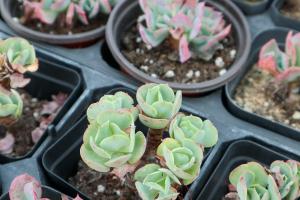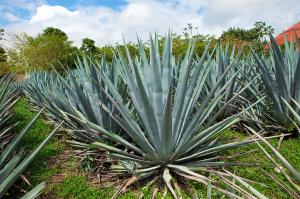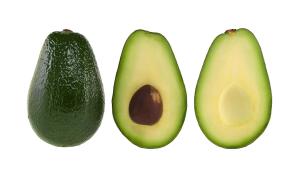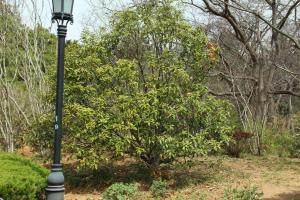When to Plant Pear Trees in Wisconsin
Wisconsin is a great place to grow pears, and planting pear trees can be a rewarding experience for gardeners. However, before planting pear trees in Wisconsin, it's important to know when the best time to plant them is. In this article, we'll discuss when to plant pear trees in Wisconsin, what kind of soil and location is best for growing them, and how to care for your pear tree so it produces the best fruit possible.
When to Plant Pear Trees in Wisconsin
The best time to plant pear trees in Wisconsin is in the spring or fall. In the spring, the ground is thawed and the soil is warm, which will help the roots establish themselves quickly. In the fall, trees can be planted after the leaves have fallen, which will give the trees time to establish roots before the ground freezes. Avoid planting pear trees during the summer months, as hot temperatures can stress the tree and make it more vulnerable to damage.
Soil and Location
Pear trees prefer well-draining soil that has a pH between 6.5 and 7.5. They also prefer full sun, but can tolerate partial shade. It's important to choose a location that has good airflow, as pear trees are susceptible to diseases like fire blight when they don't have good air circulation. When choosing a location for your pear tree, make sure it's not in a low-lying area that could be prone to frost, as this can damage the tree in the winter.
Planting Your Pear Tree
To plant your pear tree, dig a hole that's twice as wide as the tree's root ball, and deep enough to cover the graft union (where the scion and rootstock meet). Make sure to spread the roots out in the hole and backfill it with soil, gently packing it down to remove any air pockets. Water your tree thoroughly after planting, and make sure to tamp down the soil around the tree to make sure it's firmly in the ground.
Caring for Your Pear Tree
Water your pear tree regularly during the first few years, especially if you planted it during a dry spell. Once the tree is established, it will require less frequent watering. In the winter, you can protect your tree from frost by wrapping the trunk with burlap or other protective material. Prune your pear tree in the late winter or early spring to remove any dead or diseased branches, and to promote new growth. Finally, fertilize your tree in the early spring with a balanced fertilizer to give it the nutrients it needs to grow.
In Conclusion
Planting a pear tree in Wisconsin can be a fun and rewarding experience if you take the time to choose the right location, soil, and timing for planting. If you care for your tree properly, it will reward you with delicious fruit for years to come. Follow the tips in this article and you'll be well on your way to a successful pear tree harvest!

 how many times do yo...
how many times do yo... how many planted tre...
how many planted tre... how many pine trees ...
how many pine trees ... how many pecan trees...
how many pecan trees... how many plants comp...
how many plants comp... how many plants can ...
how many plants can ... how many plants and ...
how many plants and ... how many pepper plan...
how many pepper plan...
































